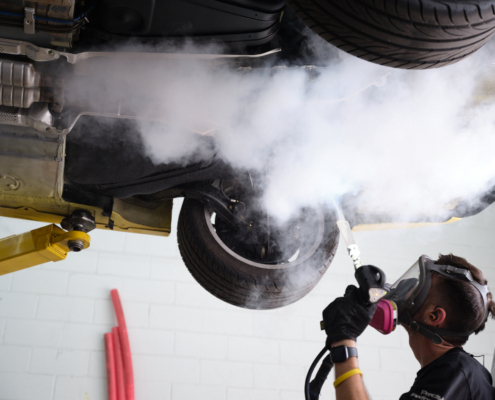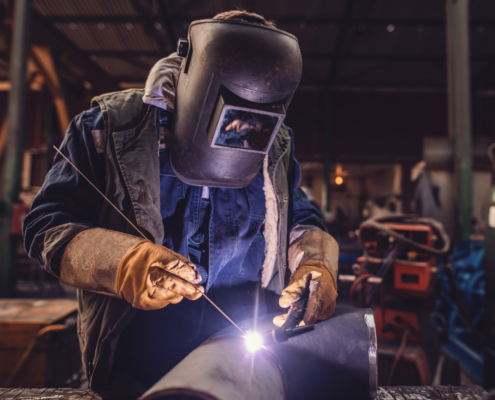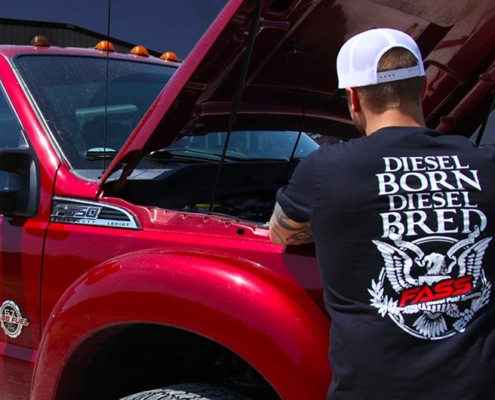Welding in Construction: Essential Techniques and Considerations
In the dynamic world of construction, welding stands as a cornerstone technique, essential for the integrity and durability of structures. From towering skyscrapers to expansive bridges, the art of welding plays a pivotal role in bringing architectural visions to life. This blog post delves into the critical aspects of welding in the construction industry, highlighting key techniques, safety considerations, and innovative trends that are shaping the future of construction welding.





